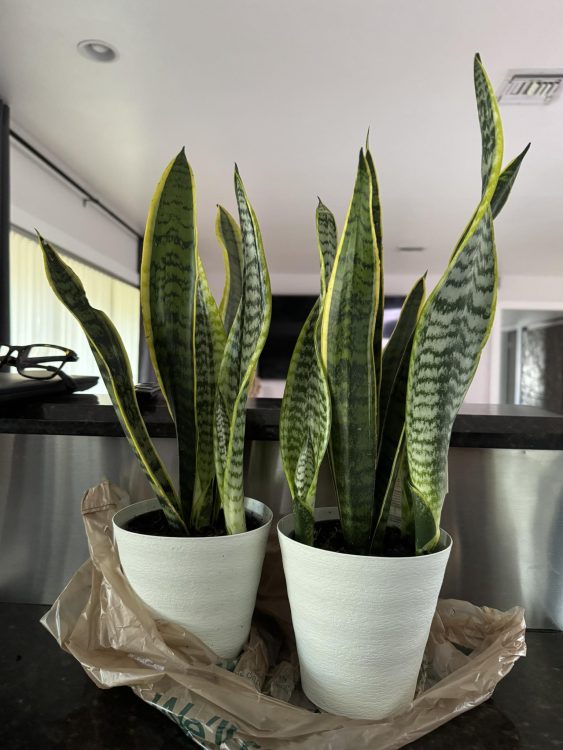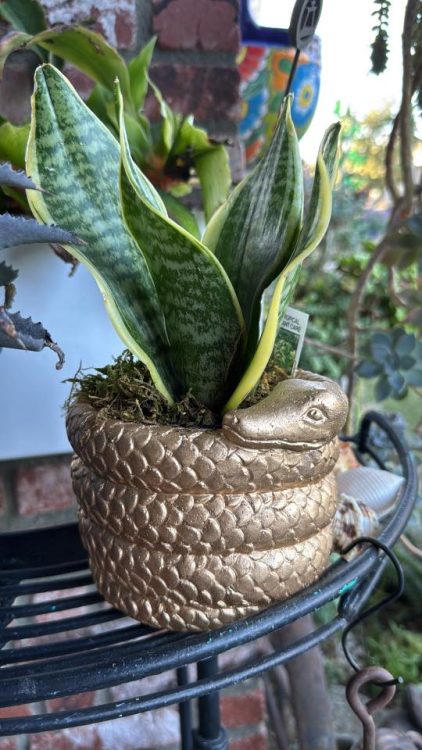Why Do They Call it Snake Plant?
How the plant’s slithering leaves earned it the nickname “snake plant” – and uncover the fascinating stories, legends, and cultural roots behind this striking houseplant.
So, you know how we always call that tall, pointy houseplant the “snake plant”?
I used to wonder why, too, and it’s actually super simple!
They call it a snake plant because its long, upright leaves look just like the body of a snake standing tall.
Some people even think the dark green stripes on the leaves look like snake skin patterns.
Pretty cool, right?
When I first got mine, I thought, “Is it called that because it attracts snakes or something?”
Don’t worry – it doesn’t!
It’s just the name because of how it looks.
The plant’s scientific name is Sansevieria trifasciata, but that’s a mouthful, and most people say snake plant or sometimes “mother-in-law’s tongue” (yeah, that’s a funny one – it’s because the leaves are sharp, like someone making a sharp comment!).
It's one of the few houseplants that can survive almost anything.
Snake plants are famously tough. Forget to water it for a while? It’s cool. Low light? Still happy.

Snake plants are super tough, which makes them one of the easiest plants you can grow indoors.
They can live with barely any water, they don’t mind being forgotten for a week, and they can even survive in low light.
That’s why you’ll see them in offices, bedrooms, and even stores.
People love them not only because they’re easy, but also because they help clean the air by taking in bad stuff and giving out oxygen.
It’s like they’re little green superheroes!
Another fun thing I learned: In some cultures, the snake plant is thought to bring good luck or protect your home.
So, if you have one, it’s like you’ve got a mini guard watching over you.
Just don’t expect it to hiss!
So the next time someone asks you why it’s called a snake plant, you can totally explain: it’s because the leaves are long, slender, and patterned like a snake, not because there’s any real snake involved.
And now you know the secret behind the name!
I hope that helps clear it up!
Do you have a snake plant at home?
Snake plants breathe at night.
Most plants take in carbon dioxide during the day, but the snake plant does it at night too! That makes it great for bedrooms.

The scientific name is Dracaena trifasciata (formerly Sansevieria),
And “trifasciata” refers to the three-banded snake-like leaf markings.
Embrace the spirit of horticulture and spread the seeds of wisdom